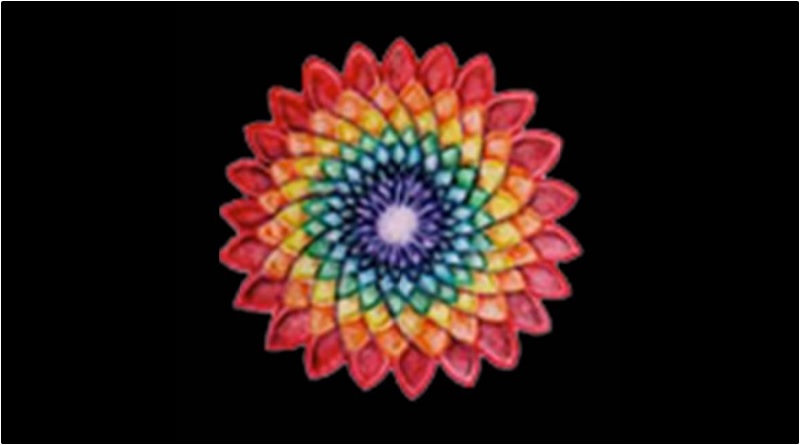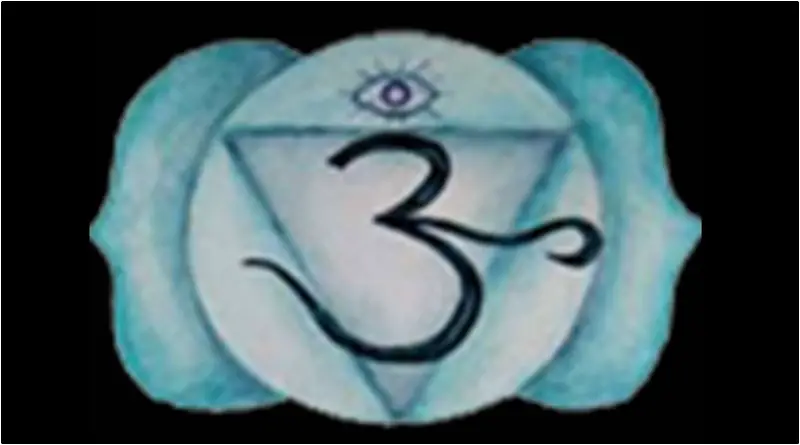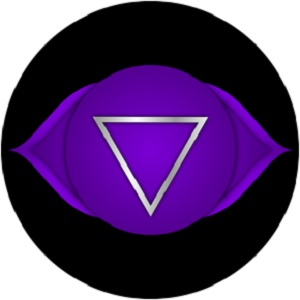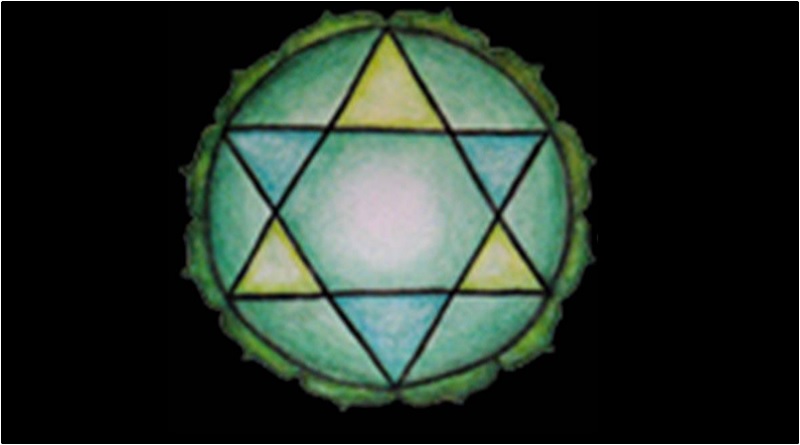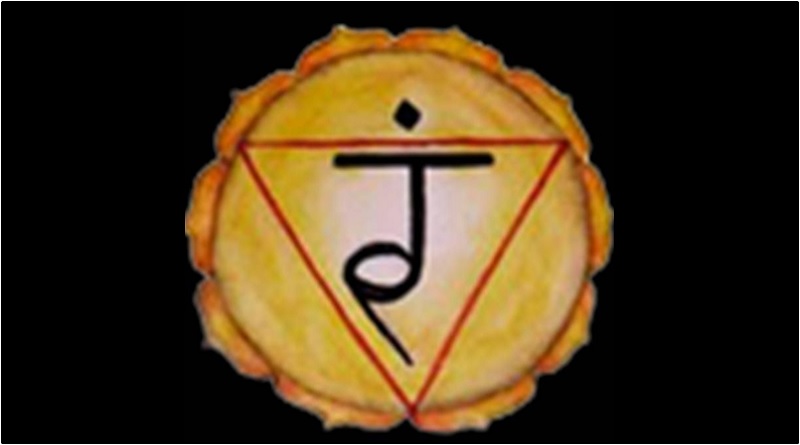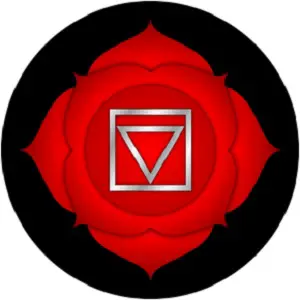Sahasrara: The Crown Chakra
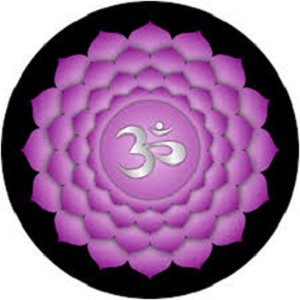
The crown chakra is often referred to as the thousand-petal lotus chakra and is known by the Sanskrit name Sahasrara. It is located above the head, at the crown. The Sahasrara is where enlightenment comes from, and is our connection to the divine and our higher selves.
An open crown chakra leads to pure awareness and a realization that not only are we part of the bigger picture, we are the bigger picture. It is the chakra that connects to everything and the universe and guides us to the understanding that all and everything is One.
A balanced crown chakra awakens the mystical experience. We can see the synchronicity of things in our life, this world, and the universe. The deeper meaning of life becomes understood, and we can sense the order that is beneath everything. The seventh chakra allows us to understand the divine energy that guides our lives from within and without.
We can start to transcend our ego, let go of ourselves, and be free of the fear and anxiety that comes with not understanding who we are and where we are going. We start to trust in the divine energy that guides us.
An imbalanced crown chakra can start as a dull tingle at the crown of the head, and lead to more serious symptoms like schizophrenia and depression.* It can also lead to identity crises and disconnection from others.
You might also develop a superiority complex and grandiose delusions of self. To balance this chakra, meditation and silence can help. Make sure to pay attention to miracles, and allow mystical experiences to happen in your life.
Crown Chakra Frequently Asked Questions
- What is the crown chakra associated with?
- The Crown Chakra is where enlightenment comes from, and is our connection to the divine and our higher selves. An open crown chakra leads to pure awareness and a realization that not only are we part of the bigger picture, we are the bigger picture.
- What color is the 7th chakra?
- The color associated with the 7th chakra – the Crown Chakra – is Violet. Violet symbolizes spirituality, psychic, and mental powers, as well as wisdom.
*FDA Disclaimer
The contents of this website are for informational purposes only and do not render medical or psychological advice, opinion, diagnosis, or treatment. The information provided through this website should not be used for diagnosing or treating a health problem or disease. It is not a substitute for professional care. If you have or suspect you may have a medical or psychological problem, you should consult your appropriate health care provider. Never disregard professional medical advice or delay in seeking it because of something you have read on this website. Links on this website are provided only as an informational resource, and it should not be implied that we recommend, endorse or approve of any of the content at the linked sites, nor are we responsible for their availability, accuracy, or content.

